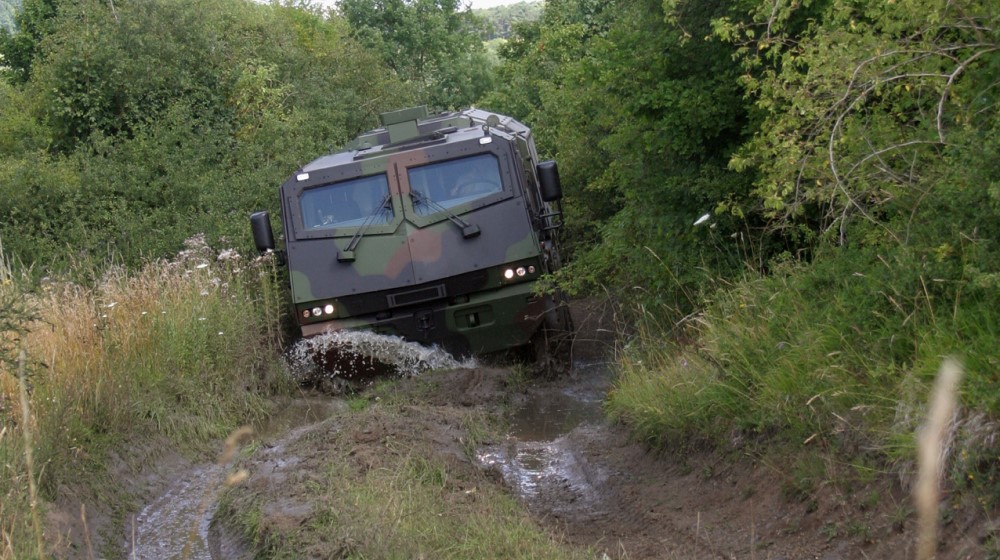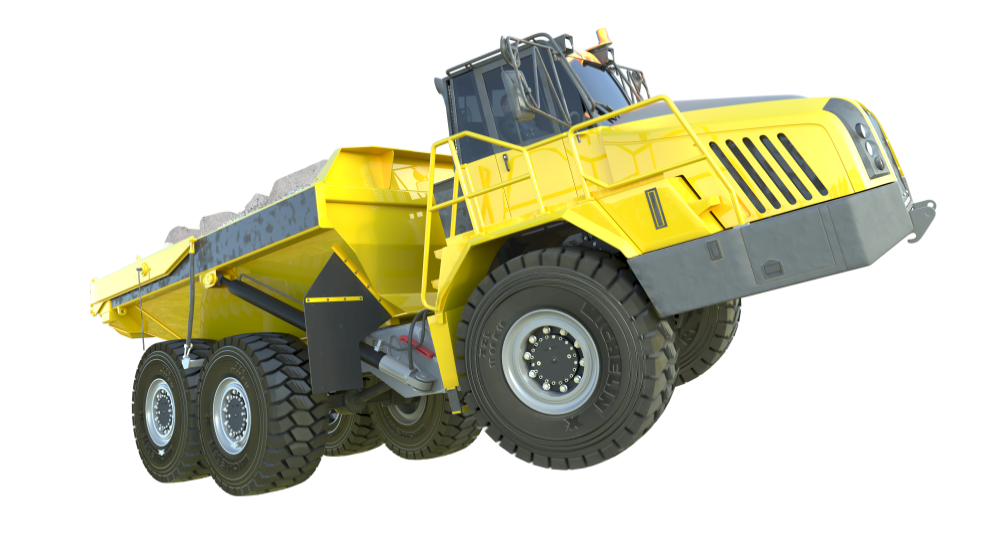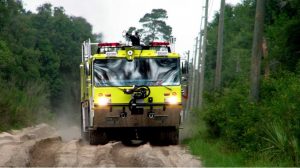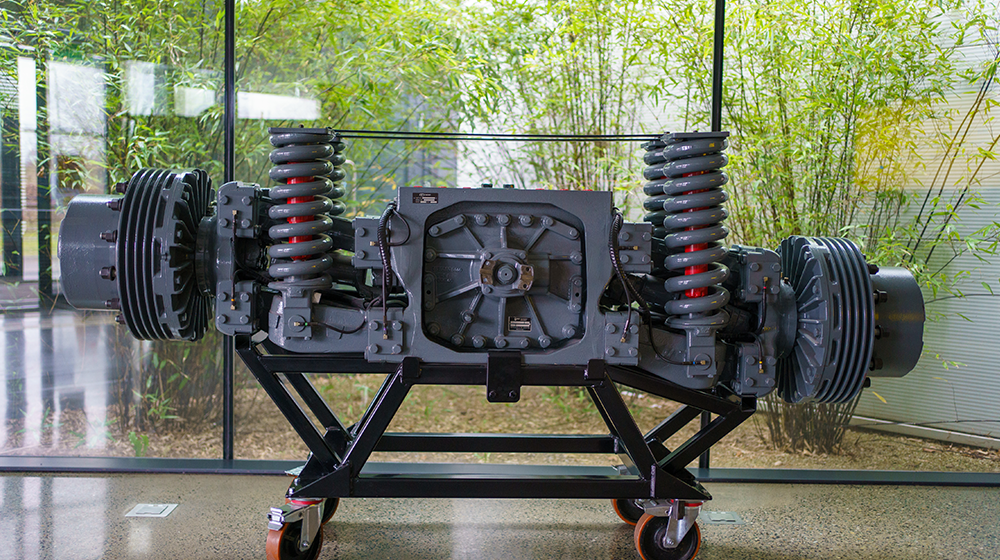- About Us
-
-
Company
- About Us
- Why Choose Us
- Contact Us
-
Insights
- Blog
-
-
- EV Solutions
- Solutions
-
-
- PRODUCTS
-

Driveline systems to meet every off-road need
- HEAVY DUTY VEHICLE MOBILITY
-

World-class expertise in heavy duty mobility
- ADVANCED ENGINEERING SERVICES
-

Expert and detailed engineering test, analysis & validation
-
- VEHICLE UPGRADE SERVICES
-

Upgrade your vehicle and extend life with our expert assessment services
- TECHNOLOGY TRANSFER & LICENSING
-

Flexible business models
- AFTERMARKET
-
-
- Defence
-
-

Defence
Timoney has been trusted by
leading defence OEMs for over 50
years
-
- Products
-
Driveline systems to meet every off-road need
- HEAVY DUTY VEHICLE MOBILITY
-
World-class expertise in heavy duty mobility
- RIDE & HANDLING SERVICES
-
Ride & Handling Issues…SOLVED
- VEHICLE UPGRADE SERVICES
-
Upgrade your vehicle and extend life with our expert assessment services
-
- TECHNOLOGY TRANSFER & LICENSING
-
Flexible business models
- AFTERMARKET
-
Spares and support when you need it
- Case studies
-
Practical examples of how we help our customers
-
-
- Construction
-
-

Construction
We work with global OEMs who need best in class operator comfort
-
- PRODUCTS
-
Driveline systems to meet every off-road need
- HEAVY DUTY VEHICLE MOBILITY
-
World-class expertise in heavy duty mobility
- RIDE & HANDLING SERVICES
-
Ride & Handling Issues…SOLVED
-
- TECHNOLOGY TRANSFER & LICENSING
-
Flexible business models
- AFTERMARKET
-
Spares and support when you need it
- Case studies
-
Practical examples of how we help our customers
-
-
- Fire
-
-

Fire
Improve emergency response times
with best in class ride and handling
-
- PRODUCTS
-
Driveline systems to meet every off-road need
- HEAVY DUTY VEHICLE MOBILITY
-
World-class expertise in heavy duty mobility
- RIDE & HANDLING SERVICES
-
Ride & Handling Issues…SOLVED
- VEHICLE UPGRADE SERVICES
-
Upgrade your vehicle and extend life with our expert assessment services
-
- TECHNOLOGY TRANSFER & LICENSING
-
Flexible business models
- AFTERMARKET
-
Spares and support when you need it
- Case studies
-
Practical examples of how we help our customers
-
-
